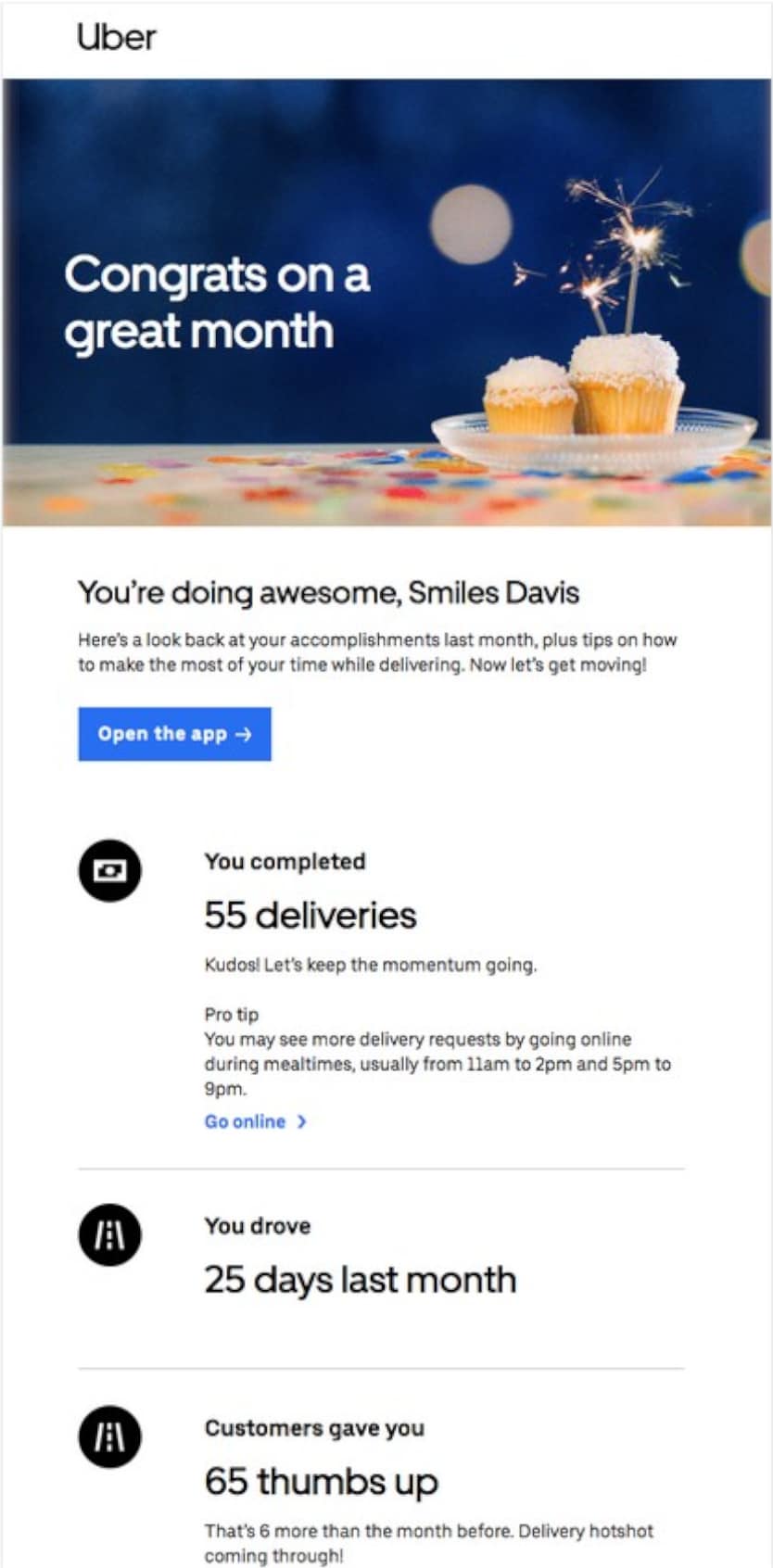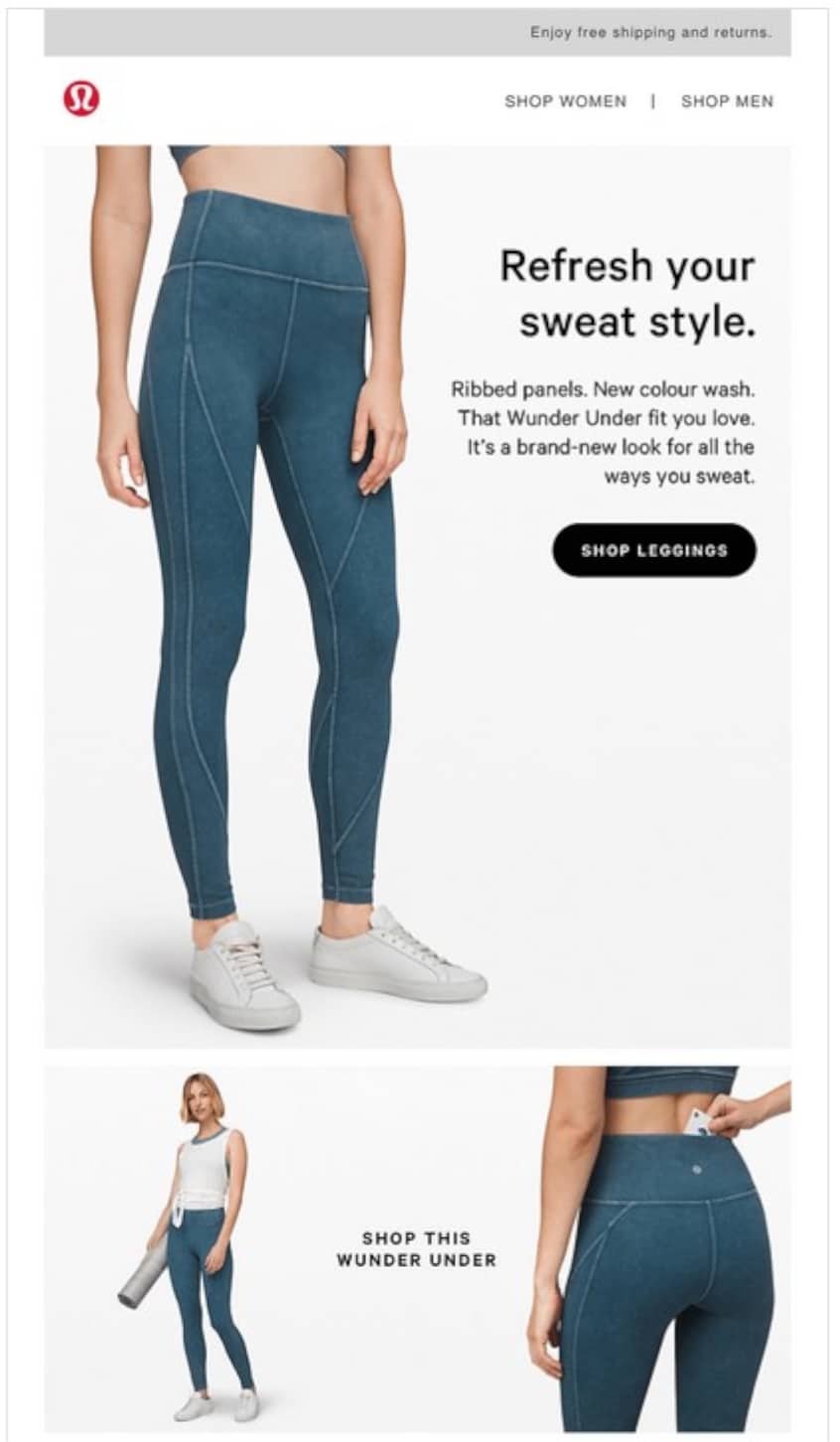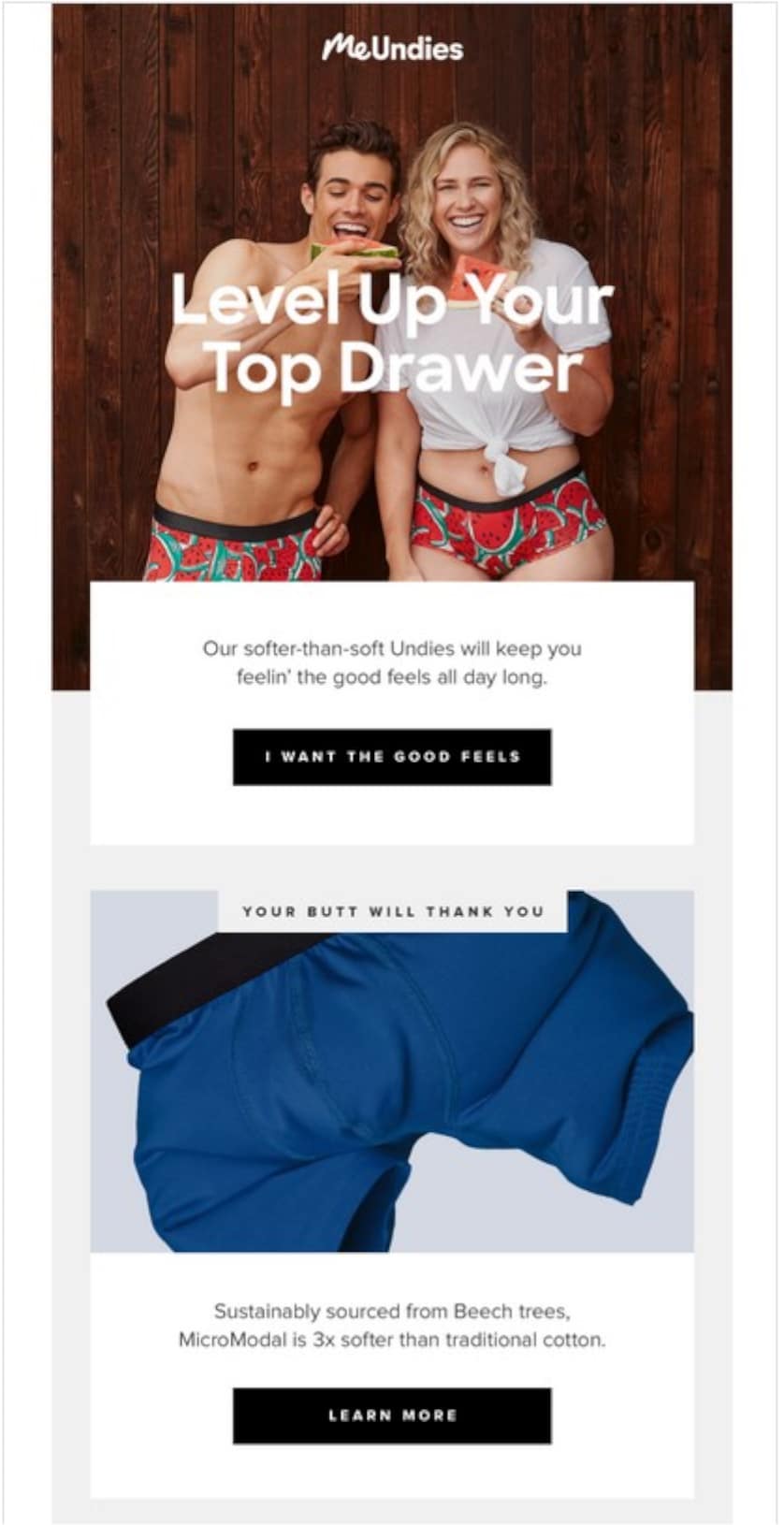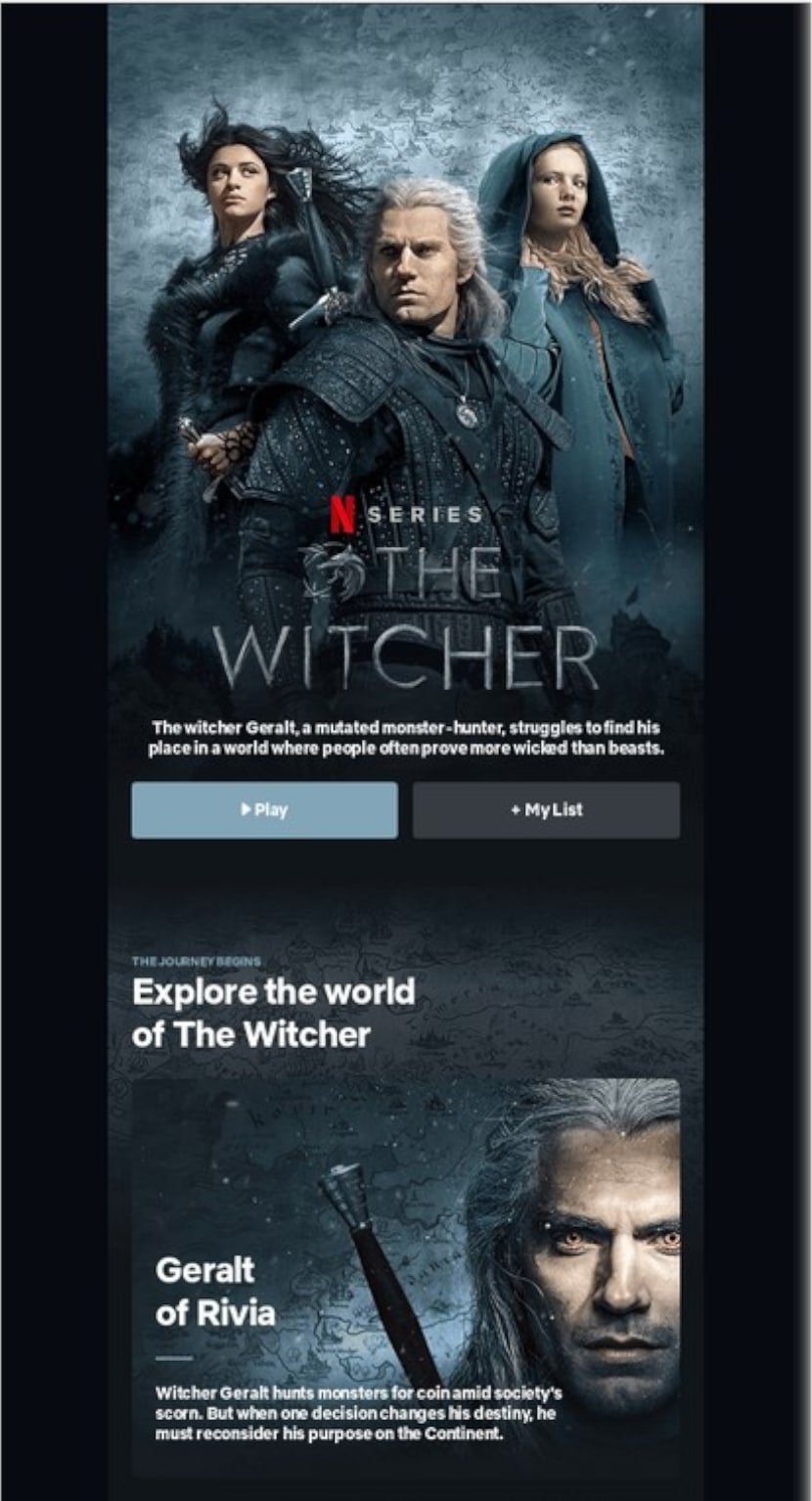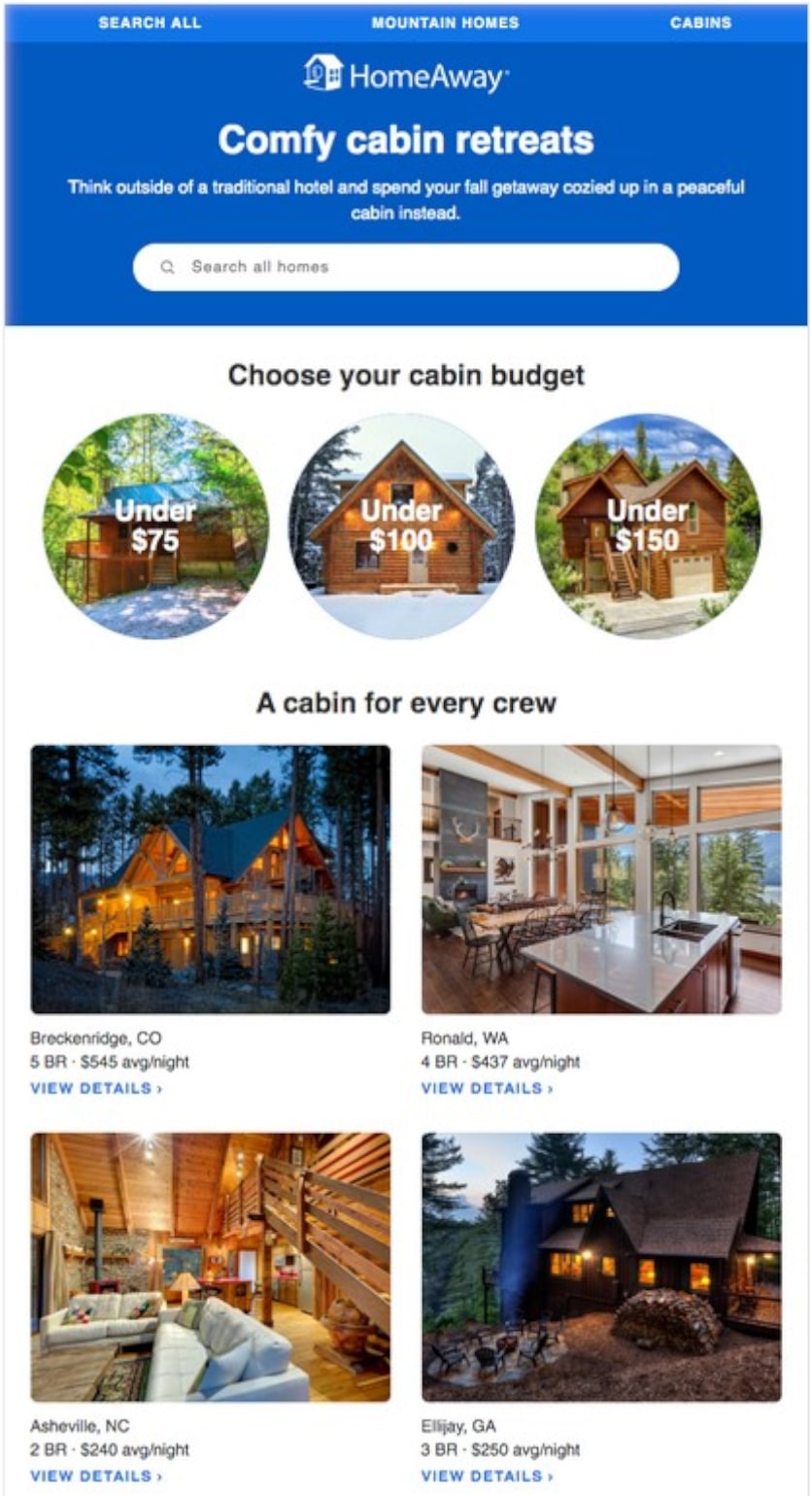Email is one of the most prolific forms of communication. It also happens to be one of the most effective marketing tools for businesses. When it comes to using email to encourage feedback from your subscribers, improving email response rates should be a top priority.
Though email response rates may seem self-explanatory, there’s a lot to this particular marketing metric. From gauging interest in your products to answering questions about your processes, email responses give you a chance to offer personalized insight to your subscribers that can increase conversion rates.
What are email response rates and are they important?
Email marketing simply isn’t very effective if you don’t measure results and learn from them. Though every business has its own approach to measuring results, most marketers have a similar engagement funnel:
- Open rates: a measurement of how many emails your subscribers open in an email campaign.
- Click rates: a measurement of how many subscribers click on images and links in your email campaign.
- Conversion rates: a measurement of goal-oriented actions taken by your subscribers.
- Response rates: a measurement of how often subscribers reply directly to your email campaigns.
- Unsubscribe rates: a measurement of how many subscribers choose to unsubscribe from your email campaigns.
While each of these measurements is important, your email response rate can provide valuable insight into how your campaigns are performing. They also allow you to engage with your email subscribers, potentially converting them to customers in the process.
So what is a good email response rate? The average email response rate is 10%. As with tracking other marketing metrics, your email response rate will vary depending on several factors. Three factors that determine marketing metrics are:
- Audience: an email campaign for a large, diverse audience is more likely to see higher email response rates than a campaign to a smaller, niche audience.
- Content: an email campaign that describes a new product or includes a survey can generate higher email response rates than generic content like a newsletter.
- Industry: an email campaign from the B2C industry will see different email response rates than campaigns from the B2B industry.
A good rule of thumb is to gauge how your open rates stack up in your industry. If you have higher open rates, you can feasibly expect to see higher response rates.
5 tips and examples for improving email response rates
Email response rates are an effective way to encourage new leads. Whether your subscribers are asking a question about their favorite product or inquiring about your price structure, improving email response rates means your sales team has warm leads to follow up on.
1. Use personalization to draw your subscribers in.
Email personalization is a powerful tactic. It can increase a campaign’s open rates, something that’s critical to improving email response rates. In fact, using personalization in your subject line means your subscriber is 26% more likely to open your email. This email from Uber is an excellent example of a highly personalized email that can encourage responses from your subscriber:
Source: Really Good Emails
The email includes several highlights specific to the subscriber. It also includes helpful advice tailored to their personal habits. Emails that include tailored details about your subscriber’s performance can lead to questions about how they can improve their stats, which, in this case, means Uber benefits from having their driver on the road more often (which benefits their bottom line).
2. Hype your newest or most-loved products.
Your email subscribers already love something about your company or products. Take advantage of that by using product launch campaigns. An email that includes details and high-quality images of your new product can inspire inquiries from your subscribers. Take a look at this email from Lululemon, which highlights the return of one of their most-loved products:
Source: Really Good Emails
With a catchy subject line—“They’re back (with a textured twist)”—Lululemon invites readers to see what’s returned. They only include a few details and images, along with their CTA, but leave a lot of information out that can encourage subscribers to respond directly. Include enough information to get people excited but leave a little room to open a dialogue for the most responses.
3. Segment your email campaigns for the best results.
List segmentation is an effective way to increase the overall performance of your email campaigns. It can also improve email response rates. Targeting the right subscribers means you’re more likely to see interest and engagement from them. MeUndies, which sells matching undergarments for everyone, uses gender to target their subscribers with the right style and fit:
Source: Really Good Emails
There are endless ways you can segment your lists, and it’s worth the effort to sort them out. List segmentation can drive an increase in revenue of up to 760%. That’s why you should use every opportunity to collect information about your subscribers. Use surveys to promote interest, which can also lead to better email response rates.
4. Create subject lines that spark interest.
Your subject line is arguably the most critical component of your email campaign. Without a subject line that speaks to your subscribers, they just won’t open your email. Whether you want something witty and fun or succinct and informative, you should plan to spend extra time writing a subject line that works.
Check out this email example from Netflix:
Source: Really Good Emails
Netflix uses personalization in the subject line—“Smiles Davis, we just added a TV show you might like”—to encourage the subscriber to open the message. Using your subscriber’s name is a quick way to incorporate a personal element.
They expand on that personalization by suggesting content their subscribers might enjoy based on their other habits. This can lead to feedback from your subscribers.
5. Optimize your campaigns for mobile devices.
A technology trend that isn’t likely to go away is the use of mobile devices. They’re used in virtually every country, by nearly every group of people. The increase in mobile devices means that more people read emails on their phones. Some studies indicate that over 50% of emails are opened on them. Look at this responsive email design from HomeAway:
Source: Really Good Emails
Their email—another one that uses personalization—includes a search feature, the option to browse by price range, and a targeted list of available rentals. Even with all of these features, HomeAway has 100% mobile optimization with their email campaigns. This means people can browse rentals from pretty much anywhere in the world.
Simple tricks for improving email response rates
If you really want to improve your email response rates, you need to create engaging content. This means you need to give your subscribers something that makes them want to communicate with you. You need to provide value.
Easy ways you can improve email response rates are by:
- Asking open-ended questions: If you send a newsletter or company update, end your email with a question that encourages your subscribers to write back to you. Ask questions that can create interest in your products or services or use questions to find out more about your subscribers.
- Incorporating popular trends: Without going overboard on the pop culture references, you can use current events and recent trends to get your subscribers talking. You can also use trends in your industry to gauge feedback from your subscribers.
- Sending at the right time: An email marketing best practice, sending your emails at the right time is crucial to improving email response rates. Review your data to see when your subscribers engage with your emails most often and set up campaigns based on that information.
You don’t have to revamp your entire marketing strategy to get your subscribers to reply; you just need to make a few small tweaks to your email campaigns.
Wrap up
While you may not want replies to every email campaign you put together, soliciting feedback from your subscribers is an effective way to increase your conversion rate. By engaging with your subscribers, you show that you value them, even if they just have a simple question via email.
If you want to improve your response rates for an email campaign, remember these key takeaways:
- Personalization and segmentation are powerful tools. They can improve all of your marketing metrics and encourage replies from your subscribers.
- Follow email best practices to see results. This means you need to create dynamic content and optimize email campaigns for various devices and browsers.
- Take the opportunity to ask your subscribers for feedback. Sometimes the best approach is a direct approach. When you genuinely want responses, ask your subscribers to get back with you.
Improving email response rates will give you the chance to start conversations that can lead to higher conversion rates.
Looking for an email platform that can track your email response rates? Campaign Monitor has a full suite of tools that can drive more feedback from your subscribers.

